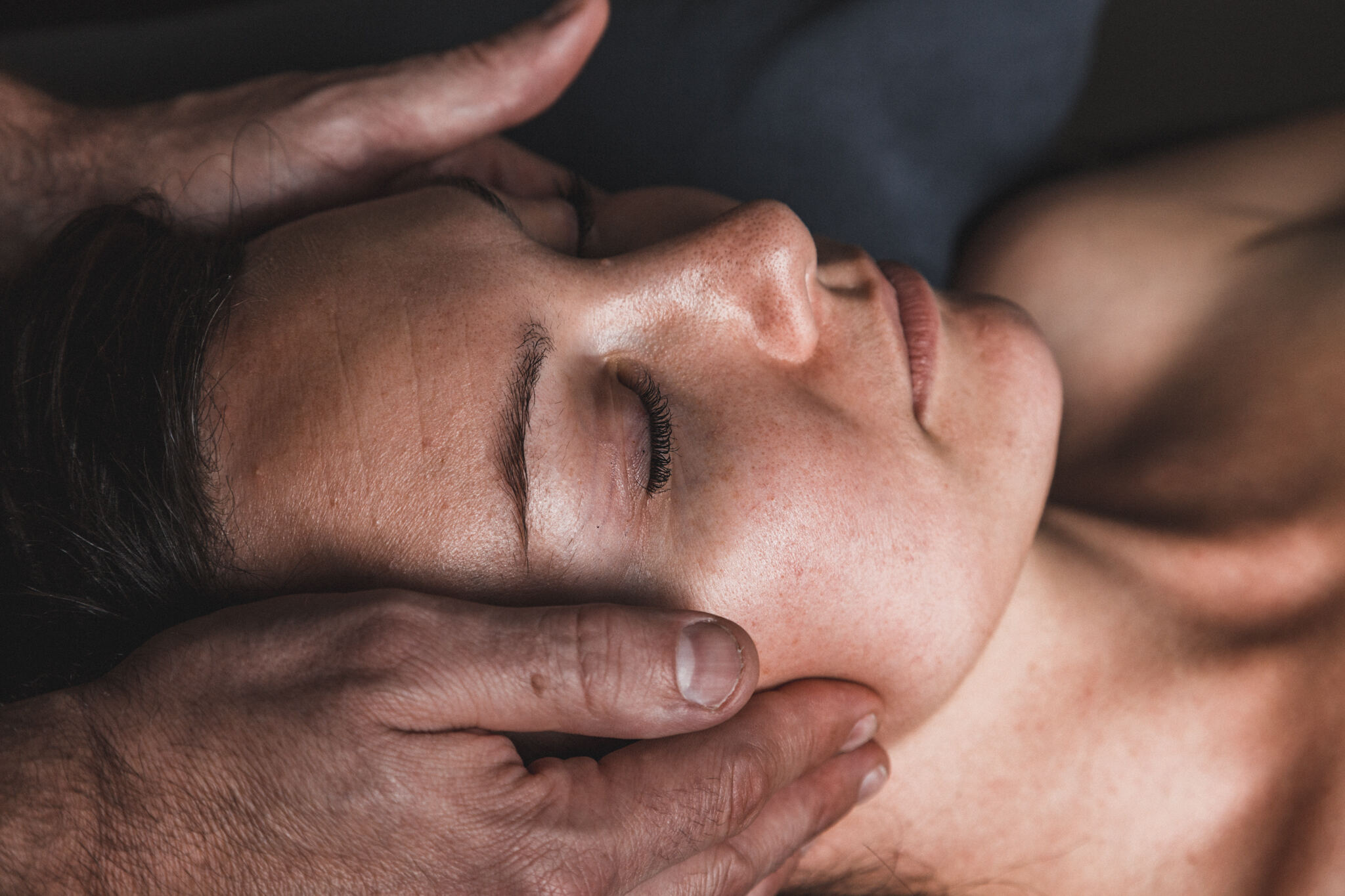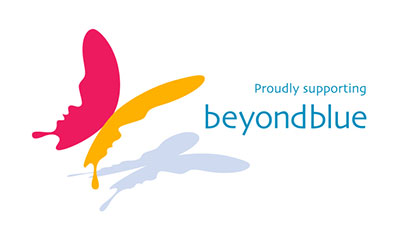We’ve all seen the images of Google’s headquarters; millennials lounging in beanbags, fancy espresso machines, brightly coloured ergonomic chairs and private seclusion pods to enjoy to yourself. Unfortunately, most of our workplaces don’t reflect such indulgent comfort or considered ergonomic planning. What the majority of us get are a desk chair (height adjustable if we’re lucky) and a universal desk that’s supposed to be adequate for Johnny 6”6 and Johnny 5”2. The set-up of the physical work environment is one thing and is best addressed by Occupational Therapists; but the physical toll substandard set-ups and prolonged periods of sitting can have on an employee’s body, not to mention the long work hours and the social and emotional impact of the work environment itself, can be extremely detrimental to employees and affect their stress levels and productivity in the workplace. Employers can address these factors by implementing preventative interventions, such as massage, into their workplaces.

Inclusion of massage in the work day not only addresses the individuals needs, it also can have a positive effect on the overall level of stress in the workplace as well. Conversely, the physical and psychological impacts of work life can be significantly influenced by the level of stress in the workplace and can have flow-on effects in terms of increased absenteeism. According to the DHS, in 2016 absenteeism increased to 9.5 days per employee, costing the Australian economy more than $33 billion in wages and lost productivity, not to mention increased health care costs. Decreased worker satisfaction and increased pressure on those workers that have to pick up the slack when others are absent are other consequences that can significantly heighten the level of stress in a workplace. Stress can arise from any number of sources, e.g. when the workload increases when deadlines are imminent, or when funding or positions have been cut, or when employees feel pressured to put in more time and effort, impacting on their lives outside of work. Often many of these sources can’t be avoided; however, how a company deals with the inevitable stress, CAN be managed, yet this is an area that is largely overlooked until it is much too late.

Large corporations, particularly those that have a focus on sales, have an increased risk of burnout syndrome (BS) in their employees (Jaworska-Burzyńska, Sekułowicz, Cieślik, Kowalska, & Szczepańska-Gieracha, 2017). BS is an extreme state of physical and emotional exhaustion in response to chronic stress, which can occur in people in fast-paced, high social interaction or heavy workload environments and which can cost a company significantly both in the short-term in terms of days absent, but also in the long-term financially. Provision of massage in the workplace has been shown to reduce emotional burnout and anxiety levels (Jaworska-Burzyńska et al., 2017; Shulman & Jones, 1996) and boost employee morale (Vatcher, 1999). Taking 10-15 minutes out of an employee’s day isn’t going to result in lost productivity; rather, the opposite is more likely to occur! More often than not, the psychological benefits will not even be noticed by the employee until long after the massage, as the predominant focus is the physical pain and discomfort that is common in many employees. As mentioned before, this could be due to the physical environment and the time spent sitting, but their psychological stress can also manifest in their body- most notably in the form of headaches, mental fatigue, insomnia and other muscle and joint pain and/or increased tension in the person’s neck and shoulders (Brennan & DeBate, 2006; Engen et al., 2012). For this reason, seated massages are often preferred as they enable the therapist to focus on these problem areas, the neck and shoulders, more effectively. Seated massages have been found to be the most beneficial method in the workplace environment, as they are convenient, quick to set up (Jaworska-Burzyńska et al., 2017) and less imposing if space is an issue. The frequency which a workplace can implement massage therapy will largely be determined by finances; monthly, weekly or even twice weekly! as some research suggests this as being the most beneficial for reducing musculoskeletal aches and pains (Šiško, Videmšek, & Karpljuk, 2011).

Massage in the workplace is often associated with the large corporations, as already discussed. However, other work environments are just as, if not more stressful but are often overlooked. It is no secret that nurses have an extremely psychologically stressful and often physically exhausting job. Research has shown that it is possible to reduce psychological stress levels in nurses by having something as short as one 15 minute weekly massage (Bost N & Wallis M, 2006). Although the research didn’t extrapolate further, one could safely assume that decreased psychological stress would result in happier and more productive staff taking fewer sick days and making fewer errors throughout the day. Another study showed that even something as short as a 10-minute massage can successfully reduce stress levels and is able to be seamlessly incorporated into an employee’s day in place of the normal 10-min coffee break (Brennan & DeBate, 2006). This is obvious even to someone who has never worked a hard day in their life- taking a short time-out for yourself where you are attended to physically will have an emotional and psychological benefit, which will have a flow on affect for not only that person’s day but for the workplace environment as a whole. Creating a workplace culture that is able to manage the day-to-day stress and demands should be a goal for all businesses.

What Massage On The Run (MOTR) offers:
The evidence is clear; making the extra time and putting in the extra money now by providing onsite massages in the workplace is a win:win for everyone. Doing it before employees start burning out and have to take sick days or before the workplace becomes a stressful and potentially toxic environment will save companies money and headaches and it will improve overall workplace satisfaction. MOTR absolutely LOVE coming to your workplace for this reason- we know that we will be making your day and your workplace better. We bring our massage chairs (or tables- your choice) and provide on-the-spot massages for 10, 15, 20 minutes, you name it. It’s amazing what can be achieved in such a short time and how long-ranging the benefits are- productivity will increase and stress levels will reduce. If you are a business owner, seriously consider implementing regular massages for your employees: they’ll love you for it. And if you’re an employee- forward this blog on to your boss: it can’t hurt to try, right? 😉
Ready to find out more?
Bost N, & Wallis M. (2006). The effectiveness of a 15 minute weekly massage in reducing physical and psychological stress in nurses. Australian Journal of Advanced Nursing, 23(4), 28–33.
Brennan, M. K., & DeBate, R. D. (2006). The effect of chair massage on stress perception of hospital bedside nurses. Journal of Bodywork and Movement Therapies, 10(4), 335–342. https://doi.org/10.1016/j.jbmt.2005.11.003
Engen, D. J., Wahner-Roedler, D. L., Vincent, A., Chon, T. Y., Cha, S. S., Luedtke, C. A., … Bauer, B. A. (2012). Feasibility and effect of chair massage offered to nurses during work hours on stress-related symptoms: A pilot study. Complementary Therapies in Clinical Practice, 18(4), 212–215. https://doi.org/10.1016/j.ctcp.2012.06.002
Jaworska-Burzyńska, L., Sekułowicz, M., Cieślik, B., Kowalska, J., & Szczepańska-Gieracha, J. (2017). The role of massage in reducing the risk of burnout in employees of large corporations. Complementary Therapies in Clinical Practice, 29, 185–188. https://doi.org/10.1016/j.ctcp.2017.09.013
Shulman, K. R., & Jones, G. E. (1996). The Effectiveness of Massage Therapy Intervention on Reducing Anxiety in the Workplace. Journal of Applied Behavioral Science, 32(2), 160–173. http://dx.doi.org.dbgw.lis.curtin.edu.au/10.1177/0021886396322003
Šiško, P. K., Videmšek, M., & Karpljuk, D. (2011). The Effect of a Corporate Chair Massage Program on Musculoskeletal Discomfort and Joint Range of Motion in Office Workers. Journal of Alternative & Complementary Medicine, 17(7), 617–622. https://doi.org/10.1089/acm.2010.0400
Vatcher, C. (1999). What’s next? Massages to boost employee morale. Air Conditioning, Heating & Refrigeration News; Troy, 208(16), 6.















